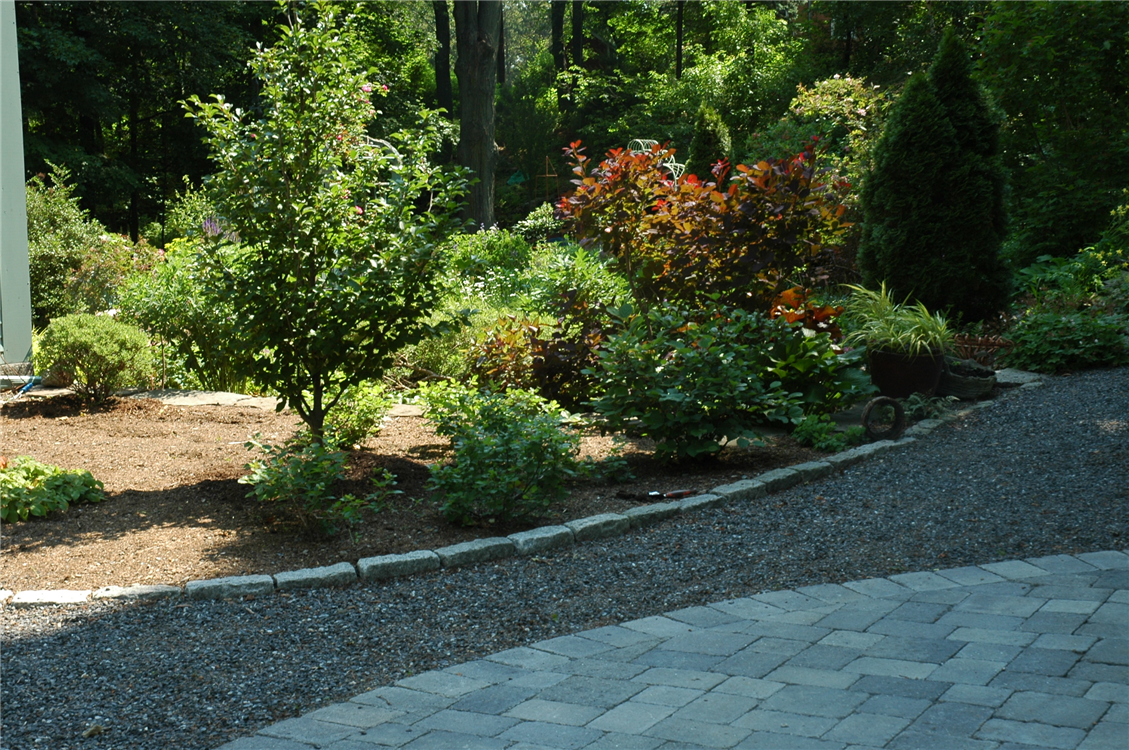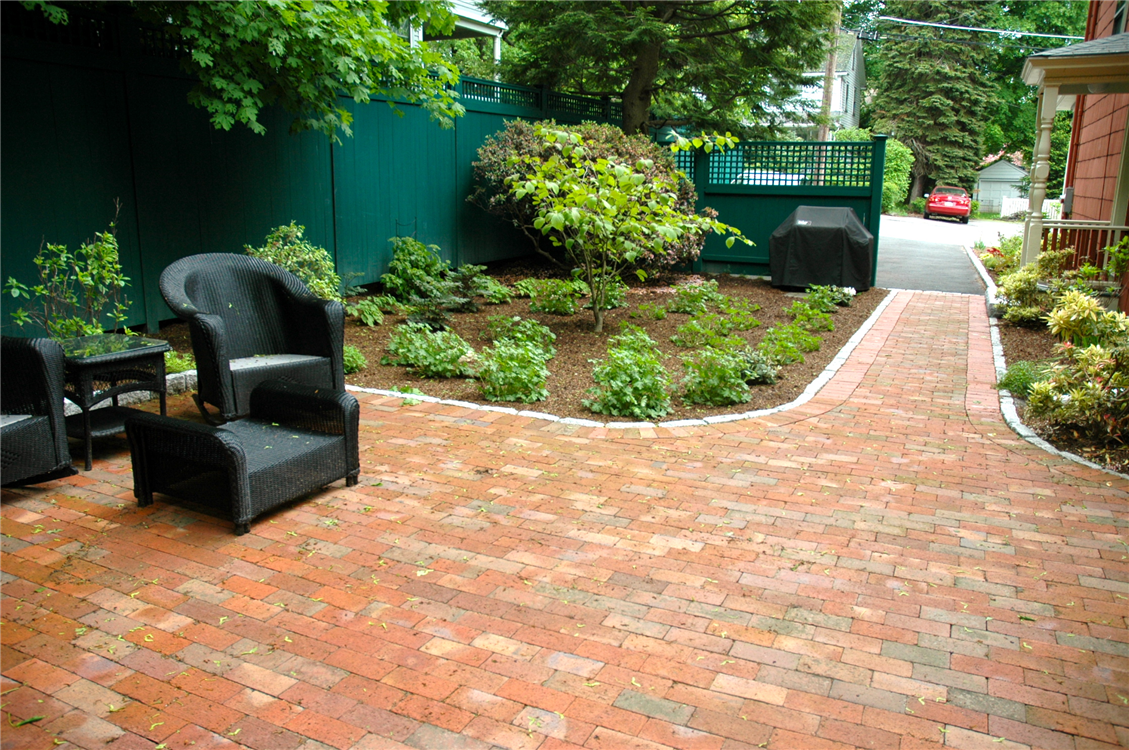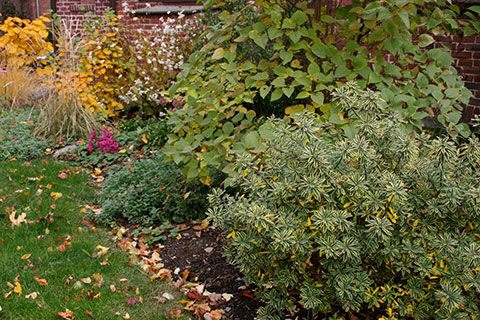Picking out the right permanent plants will give your landscapes great color throughout the year. They will complement your house and the flowers you chose for the rest of your garden. That’s why many considerations need to go into choosing the foundation plantings that work best for your yard. Here are some things to think about before you start planting:

Assessing soil conditions
It is always tempting to go out to your local big box store and buy some shrubs that look beautiful, plant them, and call it good. Unfortunately, this approach often leads to disappointment. Taking the time to research the conditions on your property and finding plants that will fit best is worth the effort. You will need to know what kind of soil you have and whether you’ll need organic fertilizers to improve it, the amount of sunlight your yard gets, and other factors that may affect the success of your plants. Here’s what you need to know:
- Soil tests can often be obtained from your local university or at the store where you purchase gardening supplies. In Massachusetts, you can buy a kit from UMass Amherst for a nominal fee. These test kits will give you specific instructions to follow for gardening, plus a better idea of what kind of plants will thrive in your soil conditions. It will also tell you if you need fertilizers to improve the nutrients.
- Measuring sun exposure is as important as knowing your soil. If you’ve gone flower shopping in the past, you’ve seen sun exposure ratings on the tags. These tell you how much sun a plant needs to thrive. A little device such as this one will give you a good idea of what the conditions are where you plan on planting. While this information is helpful, remember that some places that are full sun are hotter than others.
- Other factors like the location of hardscapes such as walkways and stone walls and how windy the area is will affect your foundation plants as well. Hardscapes will radiate heat, making your garden hotter than it might otherwise be. Excessive wind can damage fragile plants.
Pick plants that complement each other
In landscape design, planning is critical. If you’re trying to cover up a foundation that is unattractive, you’ll want evergreen plants such as leafy or needled shrubs. Once you’ve picked these out, you can match them with deciduous trees and shrubs and perennials.
You will also want to think about the timing of blooms - having plants that provide you color throughout the year will give your yard life even in the dead of winter. Some of the plants listed below can help you achieve this. Timing your blooms so that they balance each other out will make your garden look rich and full.

Some plants to consider
After reviewing these general tips, you may be wondering what specific foundation plants you should consider. Here are a few favorites:
- Fothergilla will give you three seasons of color. They have vibrant and fragrant white flowers in the summer. In autumn, the leaves turn bright red, purple, yellow, and even orange.
- Witch Hazel is a lovely plant with red or orange blooms which start to bud as early as February or March. These early buds are a welcome relief after the bitterness of New England winters. Their beautiful colors are perfectly suited for the fall.
- Hellebore, while not native to Massachusetts, are early bloomers, often budding before the snow has melted. These perennials have unique flowers with colors ranging from white to purple and are easy to maintain.
- Daphne Carol Mackies have beautiful two-tone, variegated leaves that start with green and yellow edges which mature into a creamy white. Their flowers are small, fragrant pink blossoms which bloom twice a year. These plants can be a little finicky, but once you find a spot they like, they will thrive.
- Dogwood trees are classics in landscaping. While they don’t flower quite as early as these others, they have elegant white flowers that are a traditional harbinger of spring.

Also be sure not to forget about late bloomers like Cornus Kousa (sometimes called a Korean dogwood) or Clethra alnifolioa, commonly known as sweet pepperbush. These plants bloom in August and emit a beautiful scent that is especially popular with hummingbirds.
Establishing beautiful foundation plantings can be a lot of work at first, but they give your house an attractive and natural look. If you’re feeling overwhelmed, we can help walk you through every step of the process, from assessing the conditions in your yard, to picking out the plants that will look lovely and thrive there.

Moodscapes LLC is an organic landscape design and service company with a focus on helping you extend your life outdoors to enjoy activities on your own, as a family and with friends. We create opportunities for you to commune with and find joy and peace in nature and to live in an ecologically friendly and healthy environment. Please explore our landscape services and the portfolio that demonstrates many examples of our work.




